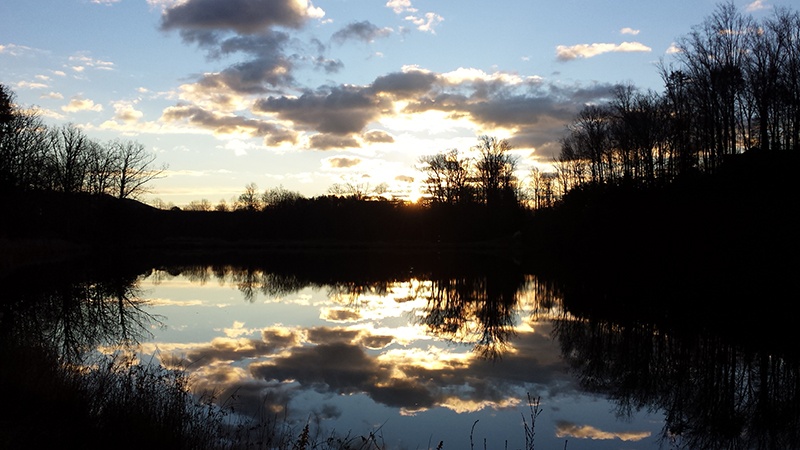
5 Questions to Ask When Setting Long-term Lake & Pond Management Goals
Winter seems to be the time of year that we all think about goals. Whether it’s assessing how successful we were at achieving previously made goals or setting new milestones to achieve, the long cold nights seem to make us all reflect a little more. This time of year is also perfect for evaluating and setting long-term goals for lakes, ponds, and stormwater facilities. As aquatic resource management consultants, these goals are critical to deciding the who, what, when, where, why and how of managing each client’s waterbody.
Setting and exceeding long-term goals for freshwater resources requires the understanding and discussion of many factors. Each waterbody is unique, and each client is unique. In order not to get lost, focusing on the following five factors can make your goals measurable and, ultimately, achievable:
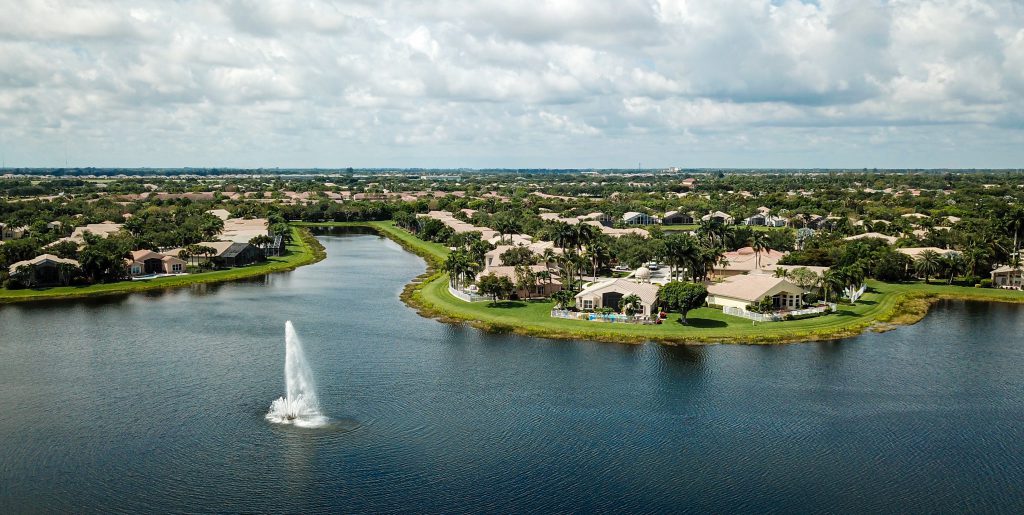
1. What type of waterbody is being managed?
This question seems to be very simple, but it is deceptively complicated. For example, some people live in communities with stormwater management ponds that are the focal point of the community. Even in cases like this where pond aesthetics are important, pond maintenance services still must focus on ensuring that stormwater functions are working properly. Alternately, a drinking water reservoir is going to be managed much differently, as is a recreational lake or mill pond.
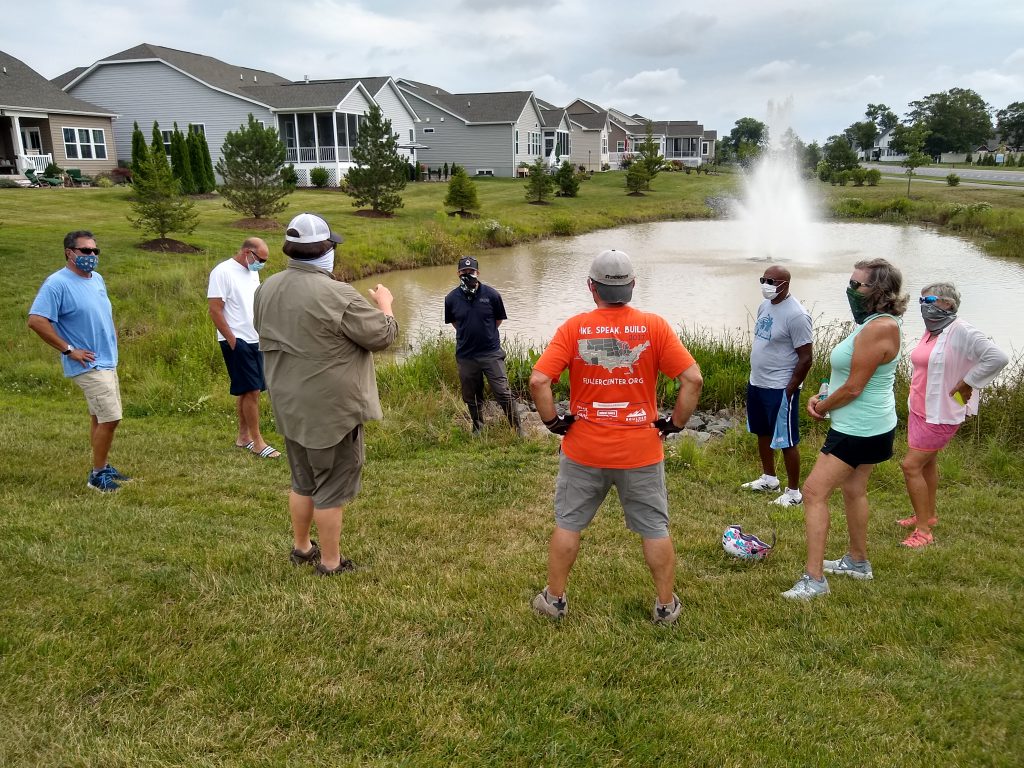
2. Who are the stakeholders?
A bio-swale in a retirement community and a 300-acre lake with public access are going to have different stakeholders and decision makers. Making sure the correct people are involved in goal setting is important to consider before a pond management plan is designed. Often, there are many stakeholders with different goals for the same waterbody, so it’s important to take into account each group’s expectations when developing a lake management plan.

3. What is the waterbody going to be used for?
Just as there are different types of waterbodies, there are many different uses of waterbodies. A private farm pond can be managed for waterfowl and fish habitat. A lake association may want swimming and recreation to be the primary use of their waterbody. Deciding the primary uses of the lake, pond or stormwater facility is another primary driver of successful goal setting.
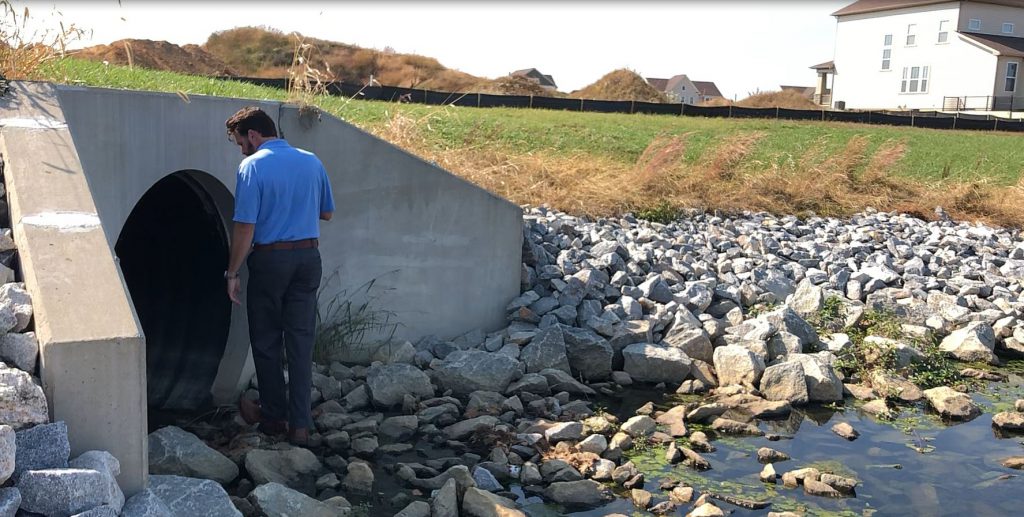
4. What are the regulatory requirements and restrictions?
Each jurisdiction has a unique set of regulations. In order for a long-term pond management plan to work, understanding which strategies can and cannot be used is fundamental to goal setting. For example, triploid grass carp are an excellent natural aquatic vegetation management option in some states, but are illegal to stock in others. Working with a professional lake manager will help ensure that you are in compliance with any local, state or federal regulations.
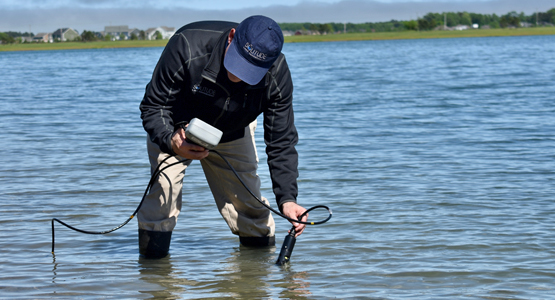
5. What is the budget for the waterbody?
Budget is often the factor in the speed at which certain goals can be attained, but it does not have to be the limiting factor in success or failure of a goal. A smaller budget can be used creatively to systematically tackle the small hurdles on the way to those bigger milestones. As a rule of thumb, practicing proactive pond management is much more cost effective than addressing water quality problems that have gotten out of hand.
A professional lake management company understands the importance of collaborating with clients to address and answer these five questions early on in the management process. From there, long-term goals that are measurable and achievable can be set. With time and patience, goals like reducing phytoplankton algae cell counts or phosphorous levels by a specified amount can be achieved.
Goal setting should begin with the first conversation. Through planning and communication, a diverse lake and pond management firm works with each client to create goals that guide the strategies and techniques applied to their unique aquatic ecosystem. Ultimately, a successful pond management program considers attainable goals, as well as the ever-changing variability of Mother Nature and our human impact.









